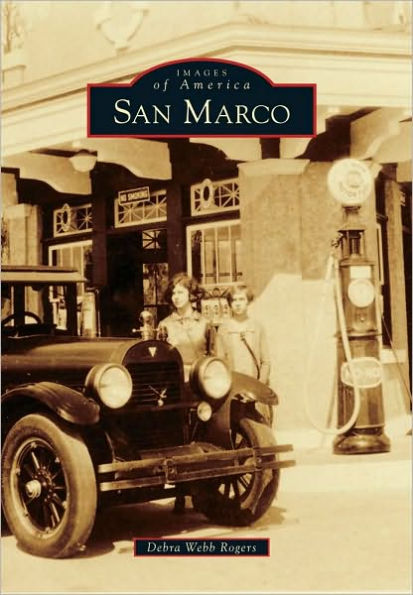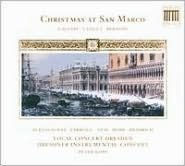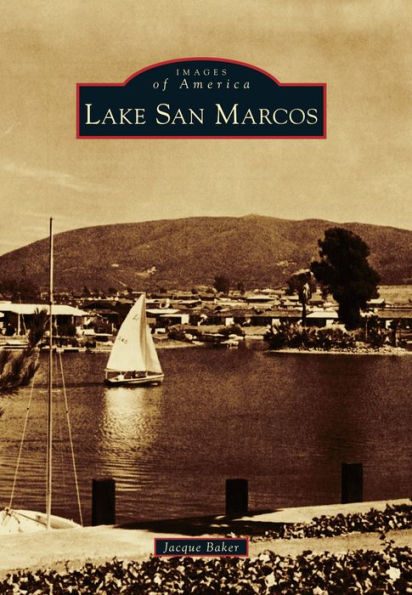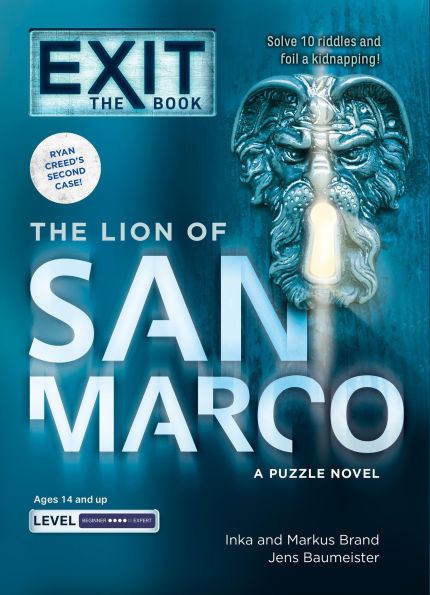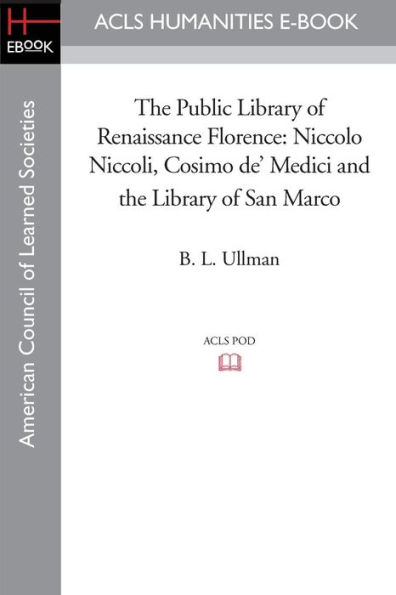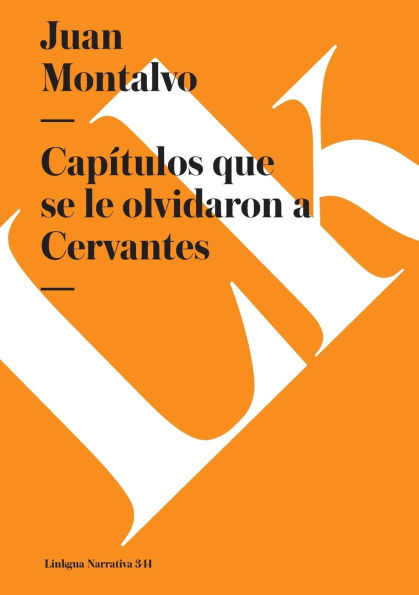Home
The Building of Castello De San Marcos
Barnes and Noble
The Building of Castello De San Marcos
Current price: $13.95
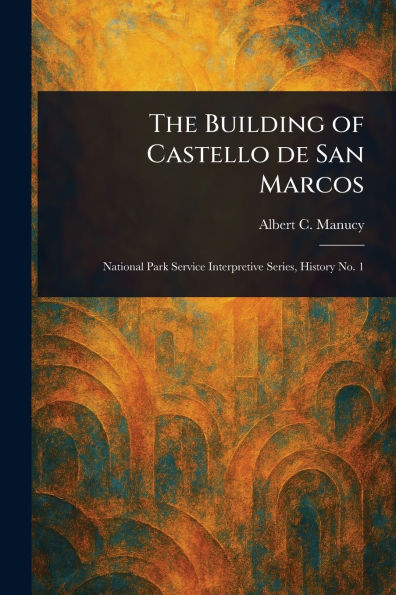

Barnes and Noble
The Building of Castello De San Marcos
Current price: $13.95
Size: Paperback
Loading Inventory...
*Product information may vary - to confirm product availability, pricing, shipping and return information please contact Barnes and Noble
Explore the captivating history of the "Castillo de San Marcos" in Saint Augustine, Florida, with Albert C. Manucy's detailed account, "The Building of Castello de San Marcos." Originally published as part of the National Park Service Interpretive Series, this meticulous work delves into the construction and historical significance of this iconic Spanish fort. Learn about the fortification's role in shaping the military history of the region and its enduring presence as a testament to architectural ingenuity. Discover the strategic importance of this landmark and its vital connection to the state and local history of the American South. A valuable resource for anyone interested in military history, architectural history, and the rich heritage of Saint Augustine, this book offers a comprehensive look at the building and legacy of the "Castillo de San Marcos."
This work has been selected by scholars as being culturally important, and is part of the knowledge base of civilization as we know it.
This work is in the public domain in the United States of America, and possibly other nations. Within the United States, you may freely copy and distribute this work, as no entity (individual or corporate) has a copyright on the body of the work.
Scholars believe, and we concur, that this work is important enough to be preserved, reproduced, and made generally available to the public. We appreciate your support of the preservation process, and thank you for being an important part of keeping this knowledge alive and relevant.
This work has been selected by scholars as being culturally important, and is part of the knowledge base of civilization as we know it.
This work is in the public domain in the United States of America, and possibly other nations. Within the United States, you may freely copy and distribute this work, as no entity (individual or corporate) has a copyright on the body of the work.
Scholars believe, and we concur, that this work is important enough to be preserved, reproduced, and made generally available to the public. We appreciate your support of the preservation process, and thank you for being an important part of keeping this knowledge alive and relevant.
